
With the IMO’s 2020 global sulphur cap coming ever closer, LNG as a marine fuel is gaining more and more interest, and the supply side is responding with the number of bunkering vessels expected to double by 2020.
In his comment on the current state of the LNG as a marine fuel, Peter Keller, SEA\LNG Chairman said the “supply-side is also responding aggressively.”
“The bulk LNG infrastructure is largely built, what remains is the last mile, in which the industry is showing a growing appetite to invest,” Keller said.
The number of LNG bunkering vessels has grown from one, at the beginning of 2017 to six in early 2018, with these numbers expected at least to double by 2020.
To effectively incentivise the developments needed to realise a competitive global LNG value chain for cleaner maritime shipping by 2020, there needs to be a fact-based case for LNG as a marine fuel to the shipping industry, which includes investors, bankers, shipping lines, bunkering companies, ports, and other enabling stakeholders such as shippers, governments, regulators, and local communities.
Keller noted that the LNG bunkering coalition, SEA\LNG will focus on better understanding stakeholders and decision makers in different geographies; who they are, what are their informational and data needs, and how to communicate with them most effectively to make the case for LNG as a marine fuel?
It also intends to develop content and data that decision makers can use as they evaluate future fuel alternatives and make decisions.
The industry continues to require credible, fact-based material, backed-up by academic research as necessary, on the emissions, investment and infrastructure case for LNG, Keller said.
In terms of emissions, most agree that LNG essentially eliminates both SOx and PM emissions and reduces NOx by up to 90 percent. Likewise, various studies show that LNG offers serious GHG emissions reductions. Certainly, there are still many open and important questions relating to the global warming implications of methane emissions in natural gas production and transportation as well as methane slippage in marine engines.
In collaboration with partners such as the Society for Gas as a Marine Fuel (SGMF), SEA\LNG has engaged in an analysis which will compare full lifecycle, well-to-wake GHG emissions of LNG-fuelled propulsion systems with IMO 2020 compliant oil-based solutions such as low sulphur fuels and high sulphur fuels with exhaust abatement; for example, scrubbers.
Investment in assets is always a huge issue, Keller adds.
In terms of investment, unfortunately, there remains a lack of clarity surrounding the potential for LNG among many shipping lines and investors.
Many do not have adequate information and data to fully analyze the case for LNG. New-build investment decisions may often be predicated upon incomplete data and analysis and inappropriate or incomplete metrics.
The investment casework that SEA\LNG is undertaking will consist of two complementary phases. In Phase I, the coalition will develop a comparative analysis of the qualitative factors that should help inform new build investment decisions.
In Phase II SEA\LNG will use an investment model capable of evaluating specific vessel types, servicing different global shipping routes, using different propulsion systems to explore new-build investment choices under a range of scenarios, such as varying fuel prices and capital expenditure assumptions. This will be based on operational data and assumptions agreed by SEA\LNG members using publicly available sources.
The question of infrastructure continues to be on the top of many LNG investment lists.
SEA\LNG’s work consists of two streams and is currently in the early phases of implementation, Keller said.
Answering the question posed by the shipping lines whether there will be enough available infrastructure where needed, is the first stream of work while the second stream of work is to share insights from actual infrastructure projects in the form of member case studies.
SEA\LNG is confident that once the fact base is set out in a clear and credible manner for the global shipping industry, LNG will move from the ‘chicken and egg’ to the implementation phase as investor confidence grows throughout the marine value chain and knowledge spreads to key enablers such as bankers, ports, regulators, and local authorities, Keller concluded.
Sources:lngworldnews
Please Contact Us at:
admin@xindemarine.com


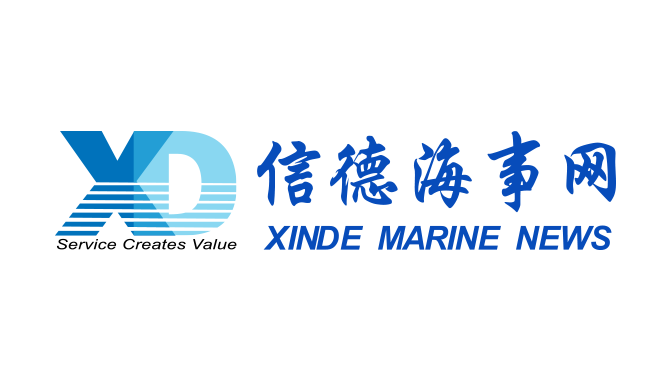 WOODSIDE AND CHINA RESOURCES AGREE LONG-TERM LNG SU
WOODSIDE AND CHINA RESOURCES AGREE LONG-TERM LNG SU 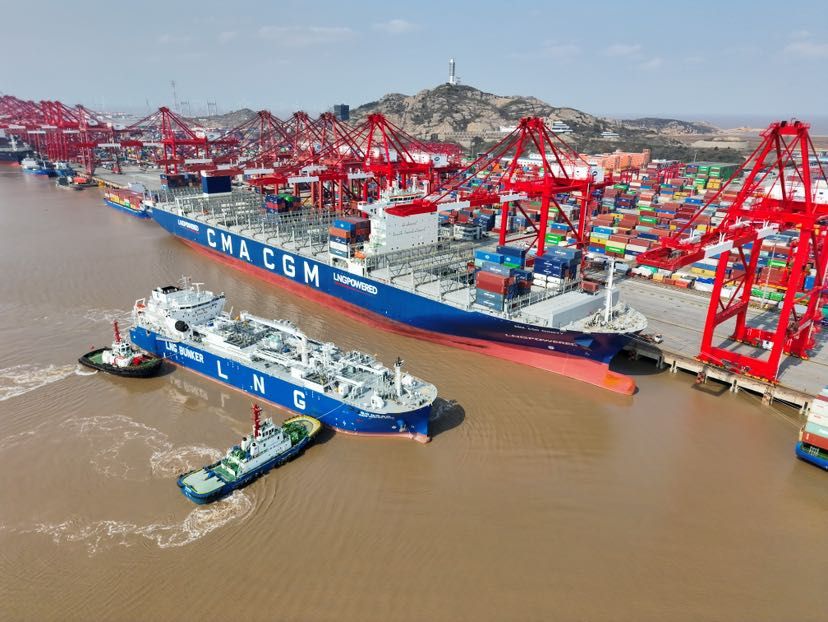 Shanghai Yangshan Port Bunkered Two LNG Powered Con
Shanghai Yangshan Port Bunkered Two LNG Powered Con 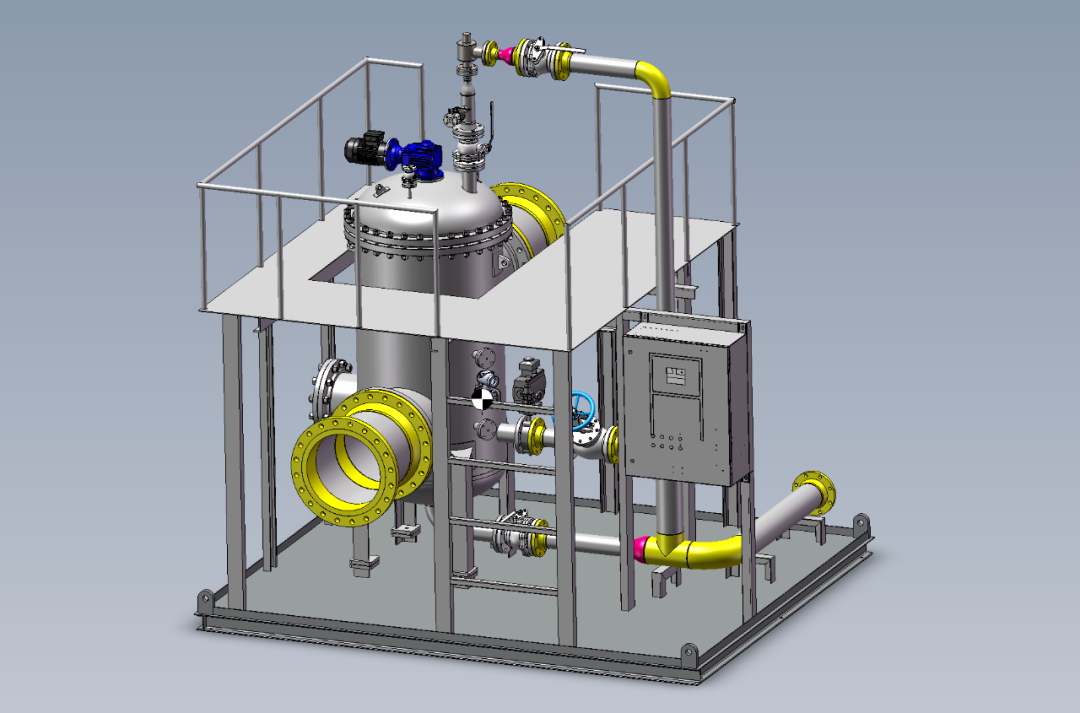 Headway successfully delivers filtration skid solut
Headway successfully delivers filtration skid solut  Celebrating the Launch of “Green Energy Pearl” –
Celebrating the Launch of “Green Energy Pearl” – 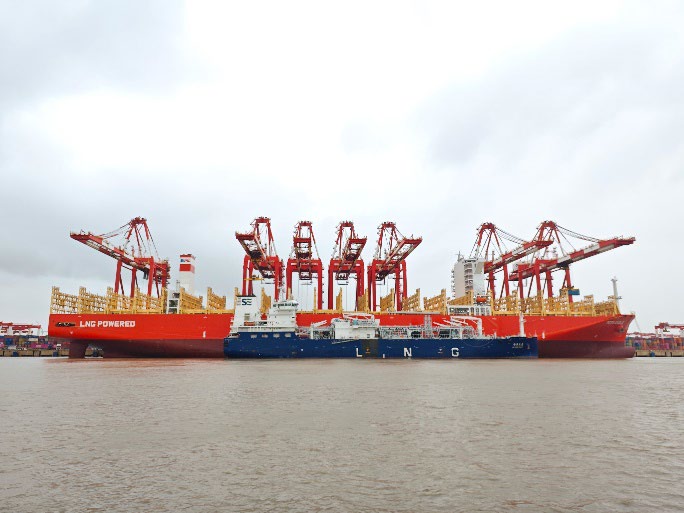 PIL and SSES complete the inaugural LNG bunkering o
PIL and SSES complete the inaugural LNG bunkering o 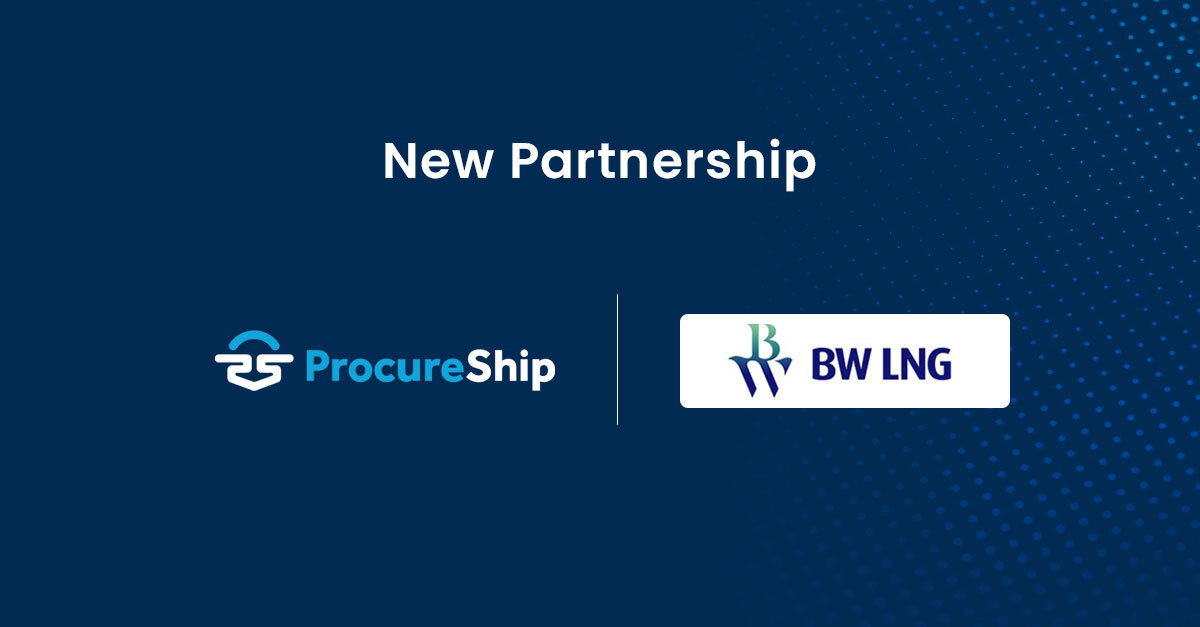 BW LNG secures e-procurement deal with Procureship
BW LNG secures e-procurement deal with Procureship